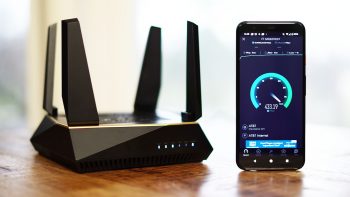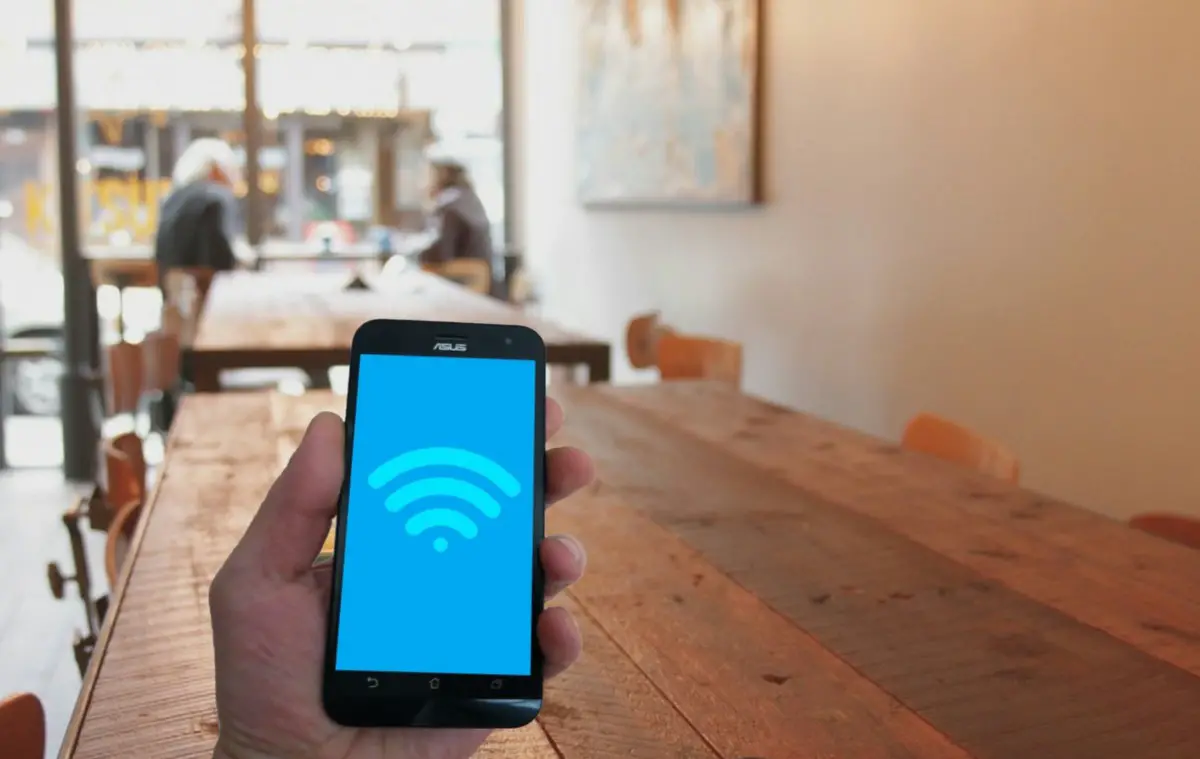
What is WiFi 6, and why you should upgrade
Not all WiFi is made equal. If you’ve ever picked up a router at a computer shop or seen a listing online, you might notice that it says that it uses WiFi followed by a bunch of numbers that for the less tech savvy, don’t make a lot of sense. Basically, those numbers indicate which version or generation the WiFi is.
The Wi-Fi Alliance has since tried to make this a bit more friendly by summing things up succinctly, where the latest version of the technology is simply called WiFi 6. Of course, this still doesn’t really tell us what it is, or more importantly, why you should care about it, but we’re here to help demystify that for you.
So what is WiFi 6?

To help clear up this confusion and to make it easier to market to consumers, the Wi-Fi Alliance introduced a new branding scheme where the latest version, also known as 802.11ax, is known as WiFi 6.
As expected with newer generations of technology in general, a newer version usually indicates improvements. With WiFi 6, the technology has improved where it will now support faster wireless speeds of up to 9.6Gbps. This is versus 3.5Gbps on WiFi 5. As you can see, the improvement in speed is rather substantial, which brings us to our next point. If you want to get the fastest Internet connection, fiber internet is the best option. Also, make sure that you are using one of FiOS compatible routers.
Why should you upgrade to WiFi 6?
If the improvement in overall speed wasn’t enough to convince you to upgrade, here’s something else to consider. In your home, there’s a good chance that you have more than a single device that can connect to WiFi. You might have your laptop, your smartphone, your tablet, your smart speaker, your television, and other smart home appliances.
On WiFi 5, it means that the theoretical top speeds of 3.5Gbps would be split up amongst all these devices. If you had 5 WiFi-enabled devices, 3.5Gbps would be split up amongst those. But with WiFi 6’s 9.6Gbps speeds, in theory, each device would be able to get more speeds and would be faster.
We are also looking at other useful features for battery-operated devices. With WiFi 6, it has the ability to “talk” to your devices to let them know when they are needed and when they are not. For example, if your phone is not being used, a WiFi 6 router can tell your smartphone to put its WiFi radios to sleep, which in turn can help save your phone’s battery life.
Top WiFi 6 routers
Conclusion
WiFi 6 has a lot of great improvements over its predecessor, not just in terms of speed, but in terms of features and functionality. We should note that these are just theoretical speeds we’re talking about, and that whether or not your devices can hit those speeds is another story. You will also, of course, need newer devices that support the technology.
This includes buying new routers that support WiFi 6, along with new gadgets like smartphones, tablets, or laptops that also support it. It can be an expensive process, but given that WiFi 6 will be the new standard moving forwards, it might be a good idea to start looking into it.
